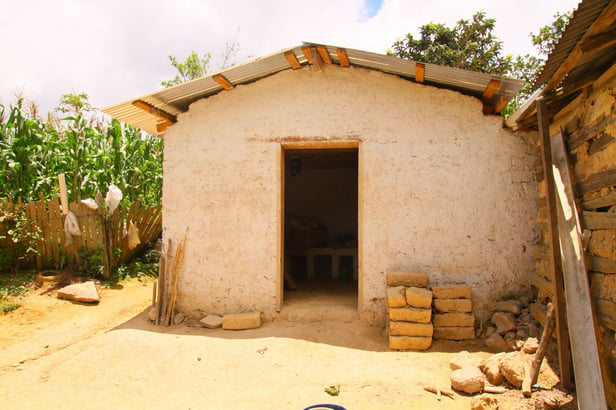The following blog post was written by guest blogger Claire Seigworth. Claire graduated with a B.A. in International Relations and a minor in Spanish Literature from Marquette University. She has traveled to many Latin American countries, studied in Santiago, Chile and worked in Panama for Global Brigades.
Attaining LEED certification is becoming a more popular option in construction in order for a company to demonstrate their commitment to protecting the environment. The LEED program aims to promote construction that promote environmental goals such as reduced water usage and pollutants and also help businesses save money.[1]
The LEED certification program is part of the sustainable architecture movement which seeks to reduce the environmental impact of human infrastructure. As with all facets of the sustainability movement, the sustainable architecture seeks to “meet today’s needs using renewable resources so that the needs of future generations will be provided for.[2]” Not only does this include reducing the amount of greenhouse gases used to build and maintain the building, but using local workers and local materials to reduce the impact the project has on the environment.[3]
As the population is likely to reach nine billion people, there is going to be a problem of providing housing for everyone and protect the environment. Especially considering the effects of climate change such as changing weather patterns, desertification, and rising sea levels and decreasing amounts of potable, fresh water, sustainable building and construction is becoming increasingly relevant.
Nevertheless, many of the next billions of people will live in developing countries. How can sustainable construction and building be relevant and applicable in this situation? Organizations such as the United Nations as well as non-profits like Engineers without Borders are developing studies and practices to answer this question. Many of the same qualifications of sustainable architecture apply to the situation in developing countries. For Engineers Without Borders, the main difference is the level of technology.[4] Some technology that relies on a constant source of electricity or gasoline is not appropriate because some places do not have reliable electricity and some people cannot afford gasoline. As studies and research in this area increase, the goals of sustainable architecture become a likelier possibility.





